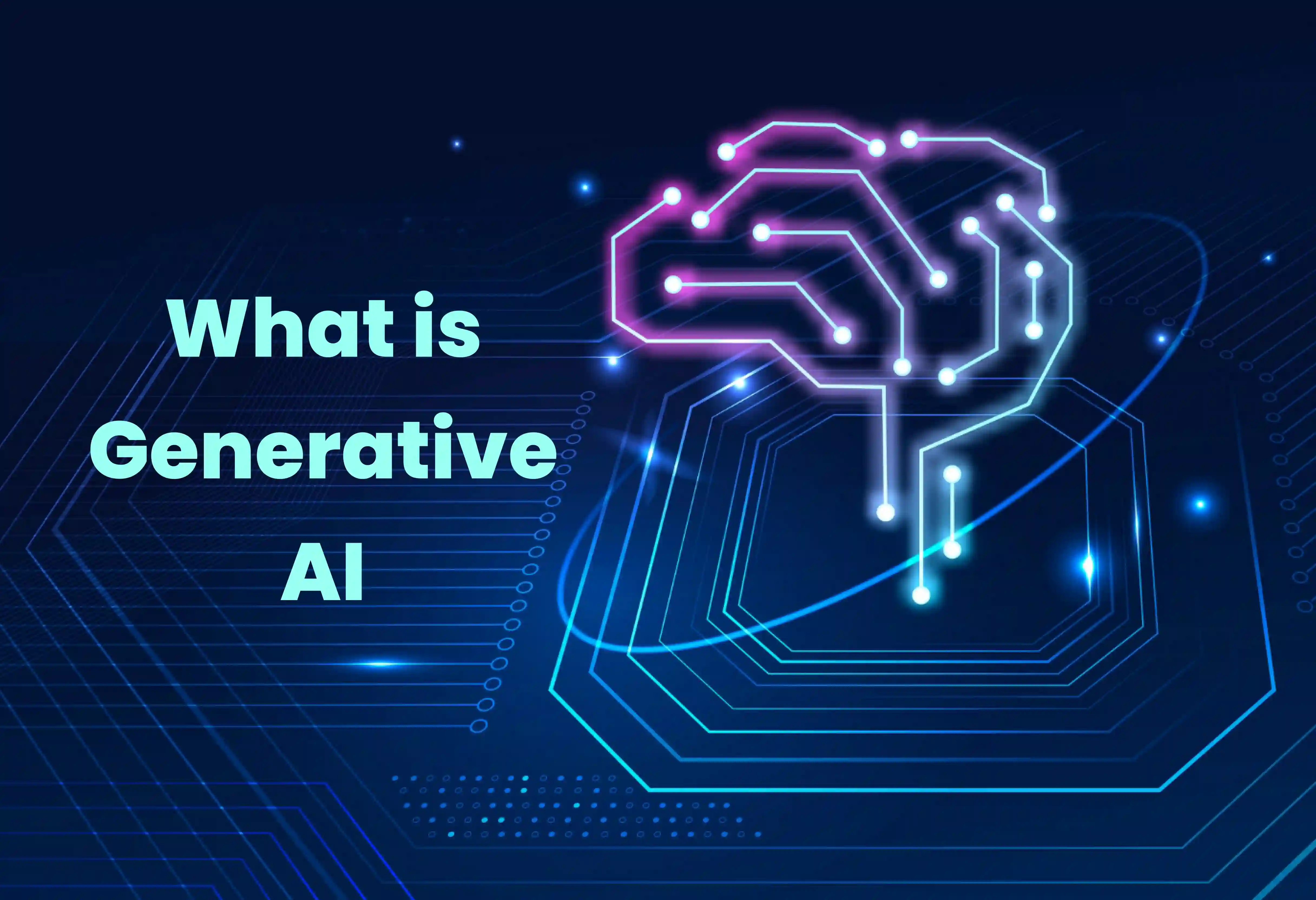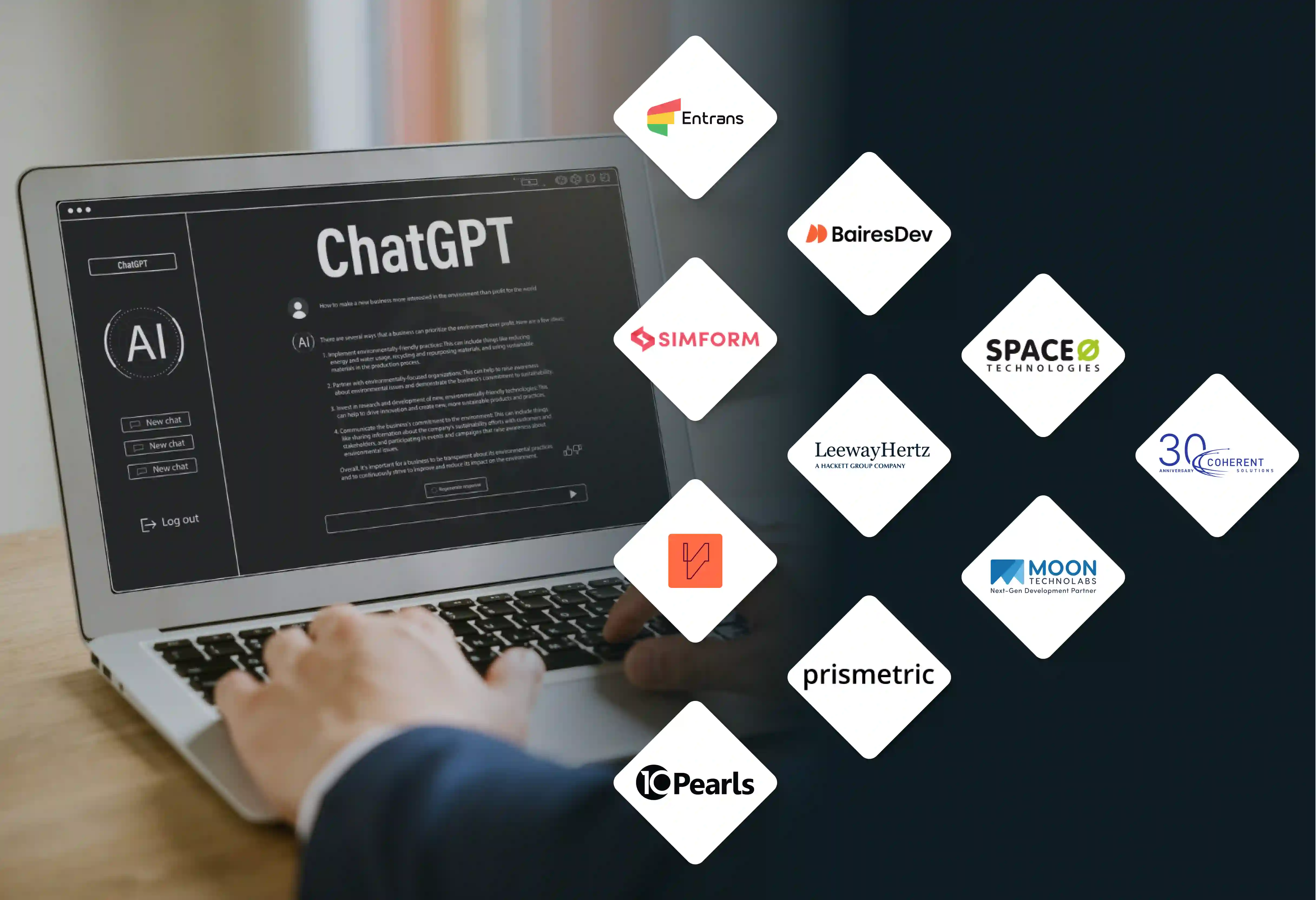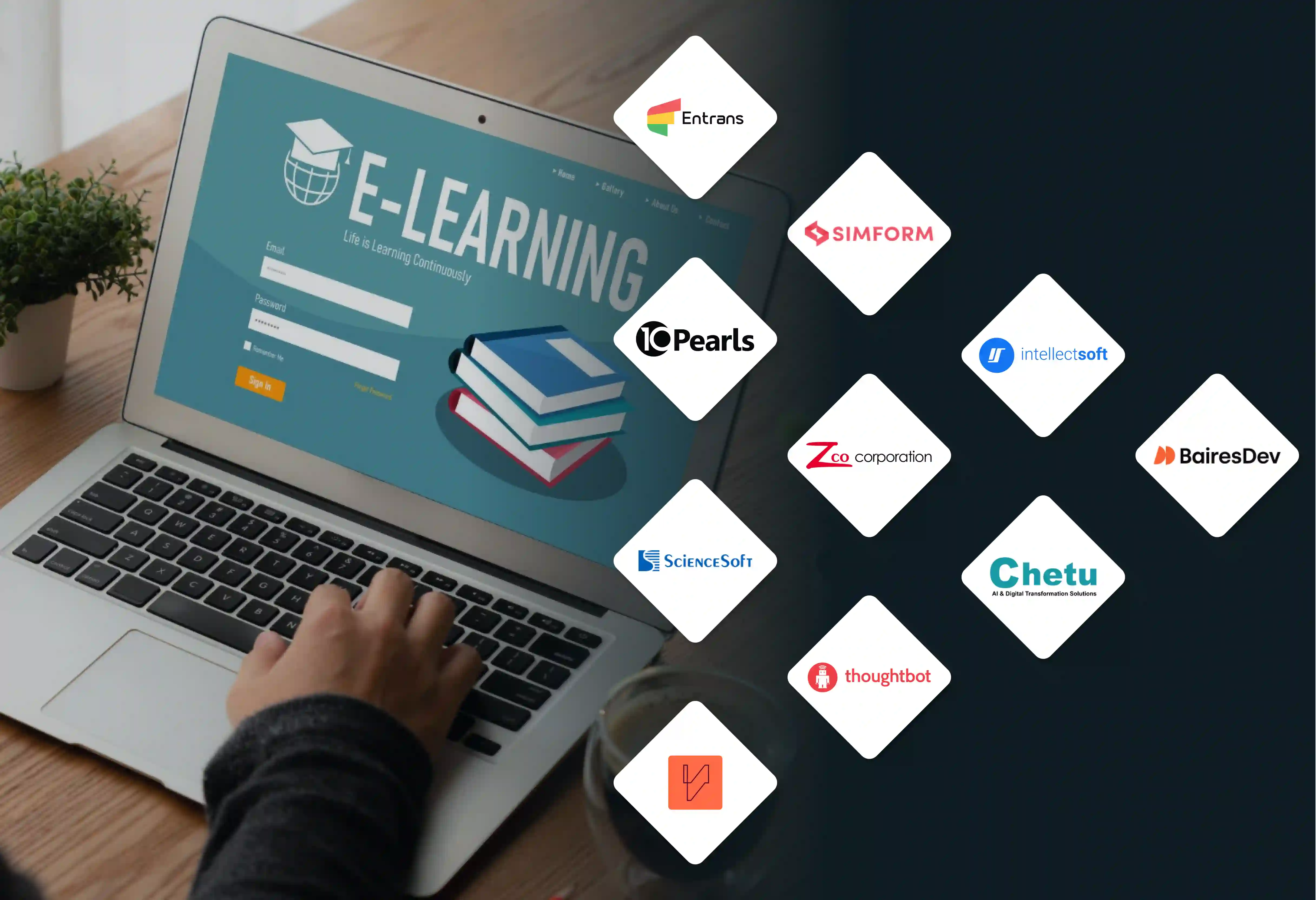


Generative AI is transforming the way we create and interact with digital content. From generating realistic images to writing human-like text, this technology is reshaping industries and unlocking new possibilities. But how does generative AI work, and why is it gaining so much attention?
In this guide, we’ll explore what generative AI is, how it works, its real-world applications, and its limitations. Whether you're a business leader, developer, or AI enthusiast, this blog will give you a clear understanding of generative AI and its potential impact. Let’s dive in!
Generative AI, or Gen AI, is a revolutionizing arm of artificial intelligence that simply focuses on creating fresh content in a wide range, which includes but is not limited to text, graphics, audio, music, and sometimes even code. Therefore, unlike traditional AI models that classify or predict using existing data, generative models learn patterns from a huge expanse of data and create everything genuinely; everything about the output generated is new and high quality.
Generative AI basically, at its core, employs deep learning and neural networks, among other machine learning techniques, to create an understanding of the data structures so as to generate new content that could be compared to the creativity that would be exhibited by a human. In this regard, one could have articles written, compose music, or get some art designed, and so on, based on the inherent patterns.
Generative AI has enthroned and revolutionized almost every industry because of progress in the field of foundation models and large language models like GPT in marketing, entertainment, healthcare, and finance.
Generative AI is a bit different from AI because generative AI is most concerned with creating new content out of itself based on patterns it recognizes, largely through deep learning and neural networks. In contrast, more traditional AI techniques concentrate mainly on classification or prediction and so would not normally be employed to learn an underlying structure and use it to create something new from scratch.
Foundation models refer to very large machine-learning models that are trained over vast databases. They underpin generative AI's capabilities in such common tasks as text generation, image synthesis, and programming assistance. Such models are making predictions of the next logical sequence within the input data, for example, the word sequence in a sentence or the pixel composition of an image.
A special subclass of foundation models, LLMs, such as OpenAI's GPT and Google's Gemini, focus on natural language processing. They were trained on millions of text files, which gave them an understanding of context, the ability to generate human-like responses, the ability to summarize content, and the ability to answer complex queries.
By leveraging deep learning, probability distribution techniques, and extensive datasets, generative AI models continuously evolve, improving their ability to generate high-quality content across different domains.
Generative models can take various forms, depending on what they were built to output. These models use advanced machine learning methods to generate text, images, music, and even video. Let's take a look at some of these types that are more popular and widely used.
VAEs were some of the earlier types of deep generative models that could learn meaningful representations of data. They do so by encoding input data into a compressed form and then reconstructing it with variations. This makes them useful in image generation or data compression, among other tasks.
GANs consist of two neural networks, a generator and a discriminator, that necessarily compete against each other. The generator creates new data, and the discriminator judges the axiality. This allows for the always-good-looking silhouettes of more complex spirits, videos, and deepfake content. NVIDIA has householded technology over GANs to produce an AI-generated artwork and game environment, moving from photorealism to comic style.
LLMs such as OpenAI's GPT series and Google's PaLM are best known for processing and generating human-like text. These models power AI chatbots, content-generating tools, and virtual assistants through predicting the best next words in a sequence.
Diffusion models are gaining popularity in image generation, with certain tools like DALL·E and Stable Diffusion riding on this development. They start with random noise and refine it, with many steps, into high-quality images--somewhat more like an artist that sketches a rough outline before adding details in other areas.
Transformers revolutionized generative AI in the way machines understand and produce content. These models apply attention mechanisms to examine the relationships among various data points, allowing them to generate text and images faster and more accurately.
Each of these generative AI models has its own strengths, and so various businesses are taking them on board to push the envelope in all kinds of sectors, from healthcare to entertainment.
Generative AI is transforming industries by creating human-like text, images, music, and even code. Companies are integrating these AI-driven capabilities into their products and services to enhance creativity, automate workflows, and improve customer experiences. Below are some real-world examples of generative AI in action:
AI-powered chatbots, including ChatGPT and Google Bard, utilize large language models (LLMs) belonging to the family of artificial intelligence to learn about and generate human-like dialogue output. Businesses utilize them for customer support, content creation, and personalized recommendations.
Tools such as DALL·E, Midjourney, and Stable Diffusion transform simple text prompts into trendy digital art, graphics, and hyperreal photos. This technology finds application in marketing, advertising, and even game development, just to name a few.
Generative AI tools such as Jasper, Copy.ai, and Writesonic help businesses create blog posts, ad copies, and social media content in seconds, optimizing both speed and SEO performance.
AI models like GitHub Copilot assists developers by suggesting code snippets and completing entire functions, speeding software development while reducing coding errors.
Generative AI is transforming the whole industry of media production, thanks to Runway ML and Synthesia, which generate realistic AI-generated videos and contribute to the realm of deepfake content. Similarly, OpenAI's Jukebox and Google's MusicLM generate AI-composed music.
Pharmaceutical companies make use of generative AI models such as AlphaFold to predict protein structures. This advances drug discovery and medical research at breakneck speed. AI is also used in medical imaging and diagnostics to enhance their accuracy and efficiency.
E-commerce websites like Amazon, Netflix, and Spotify have long used generative AI to personalize recommendations, creating a more engaging user experience. AI models learn from user behavior to generate customized product suggestions, create playlists for movies, and even generate personalized news summaries.
Generative AI is no longer a concept found just in futuristic science fiction; it is actively creating revolutions in various industries and enabling a transition that makes the very embodiment of business different. With the rapid changes that generative AI has undergone, the opportunities for its growth will only become greater.
Generative AI is changing industries through innovation, process automation, and creative enhancement. Businesses and individuals leverage it to become more productive, control costs, and discover new opportunities. Here are some of the key benefits of generative AI:
Generative AI will allow artists, writers, musicians, and designers to create unique content, inspire creativity, and automate tedious work. Using AI tools such as DALL·E, Midjourney, and Jasper can help users scale and accelerate their new creative directions.
Generative AI is enabling businesses to automate content creation, develop streamlined workflows, and improve decision-making. From generating code at the speed of thought using GitHub Copilot to 24/7 AI chatbot-driven response handling of customer queries, reducing workload for human teams, generative AI is hypothesis-driven.
Everything from Netflix to Spotify and Amazon is incorporating a recommendation system that takes user behavior and generates personalized recommendations to improve user engagement and satisfaction.
By automating the tasks that would usually take a lot of time and require human effort, generative-based AI keeps operational costs low. From AI-generated copy for marketing that eases the excessive manual typing of text to AI in video production that cuts down video production costs.
In healthcare, AI models such as AlphaFold significantly enhance the speed of drug discovery via the unprecedented accuracy in predicting protein structures. Generative AI further enhances medical imaging, diagnostics, and individual treatment.
Generative AI can aggregate great swathes of data, detect patterns, and then consolidate a set of insights that are relevant to business decision-making. Financial institutions have used it to detect fraud, while manufacturers optimize the supply chain through AI-generated predictive models.
Generative AI is taking high-end technologies to almost everybody in the business community. No-code AI platforms democratize the generation of images, textual content, and automation of tasks, allowing any user to work without prior programming knowledge.
While generative AI is revolutionizing industries, it comes with its own set of challenges and limitations that businesses and individuals must consider. From ethical concerns to technical constraints, understanding these challenges is essential for responsible AI adoption.
Generative AI models are usually trained on huge datasets that may contain biased or inaccurate information. If these models are not carefully managed, then the outputs from the AI can be an echo of societal biases around gender, race, misinformation, or any harmful stereotype. In particular, these issues have big implications in hiring fields, law enforcement, or in any type of content generation.
Unlike traditional AI, which often is used to provide factual responses, generative AI sometimes produces false or misleading information known as hallucinations. Since AI does not really "understand" the concepts in the same way that humans do, it can produce text or images that seem plausible but are actually false.
Companies must make certain that their applications of AI do not infringe upon intellectual property rights because generative AI models will typically produce something like the material they were trained on, creating concerns of plagiarism and copyright problems.
Training and functioning of generative AI models come with extravagant computing power, leading to exorbitant costs and raising environmental issues. Large AI models consume enormous energy, thus bringing into question sustainability and carbon footprint.
Malicious exploitation of the AI-generated content through deepfakes, leading to misinformation campaigns and cyberattacks, may cause big threats. Also, any confidential or proprietary information within the AI model may lead to information breaches and privacy violation concerns.
The majority of the generative AI is peddled as a black box because the actions undertaken by it are very much far from being understood. This opacity in AI output gives businesses and regulators a tough time putting their trust in the outputs, which could have wider implications in finance and healthcare.
The effectiveness of generative AI can only be doubted if the input data are inadequate and not properly diverse. It is also checked not to be as outdated and not biased; otherwise, AI will offer flawed results. Continuous retraining of the AI models and massive data harvesting are the two most critical components of keeping AI models updated.
Implementing generative AI effectively requires a strategic approach to ensure reliability, ethical usage, and optimal performance. Businesses must focus on data quality, security, and responsible AI governance to unlock AI’s full potential while mitigating risks. Here are some best practices to follow:
Before integrating generative AI, organizations must identify specific business problems it will solve. Common use cases include:
Having a well-defined strategy ensures AI aligns with business goals and enhances productivity rather than being a costly experiment.
Generative AI models learn from vast datasets, and data quality directly impacts AI performance. To prevent biases and misinformation:
AI-generated content can pose security and privacy risks if not managed correctly. Organizations should:
Many AI models function as black boxes, making it difficult to understand how they generate outputs. To build trust:
Unintended biases in AI-generated content can lead to discriminatory outcomes. To mitigate this:
Running generative AI models can be computationally expensive. To manage costs effectively:
AI models must be regularly updated and fine-tuned to remain effective. Best practices include:
Generative AI is evolving rapidly, reshaping industries and transforming how businesses operate. As models become more advanced, accessible, and ethical, the technology will drive innovation across various sectors. Here’s what the future of generative AI looks like:
Generative AI will augment human creativity, acting as a co-pilot rather than a replacement. Future advancements will enable AI to:
Companies like Adobe, Canva, and OpenAI are already integrating AI-powered design tools, and this trend will only accelerate.
As AI models become more specialized, businesses will develop custom AI solutions tailored to their industry needs. Some key developments include:
Future generative AI models will focus on efficiency and responsible AI usage:
Current generative AI models mainly focus on text or images. The future will bring multimodal AI, where models can seamlessly generate and understand text, images, videos, and even 3D objects together.
As generative AI becomes more powerful, governments and organizations will implement stricter regulations to ensure responsible AI use. Future AI policies will focus on:
Generative AI will become more accessible to businesses and individuals with low-code and no-code AI platforms.
Generative AI is transforming industries by automating tasks, enhancing creativity, and improving decision-making. While its potential is immense, implementing AI solutions effectively requires expertise, strategy, and continuous optimization.
At Entrans, we provide end-to-end Generative AI solutions—from consulting and model development to seamless integration and ongoing support. Our tailored AI models help businesses unlock efficiency, innovation, and competitive advantage while ensuring security, compliance, and scalability.
Looking to leverage Generative AI for your business? Contact Entrans today and take the next step toward AI-powered transformation.






